
Asplenium Nidus Image & Photo (Free Trial) Bigstock
The pattern of callose deposition was followed in developing stomata of the fern Asplenium nidus to investigate the role of this polysaccharide in guard cell (GC) wall differentiation and stomatal.

Asplenium Japan Variegated Asplenium nidus Silver wing'. They are light green, often crinkled
Callose implication in stomatal opening and closure in the fern Asplenium nidus
FileAspleniumnidus.JPG Wikipedia

Asplenium nidus L. a photo on Flickriver
Asplenium nidus is an epiphytic fern with large simple leaves. Because A. nidus lacks the good taxonomic characters available for species recognition, multiple cryptic species may exist within A.
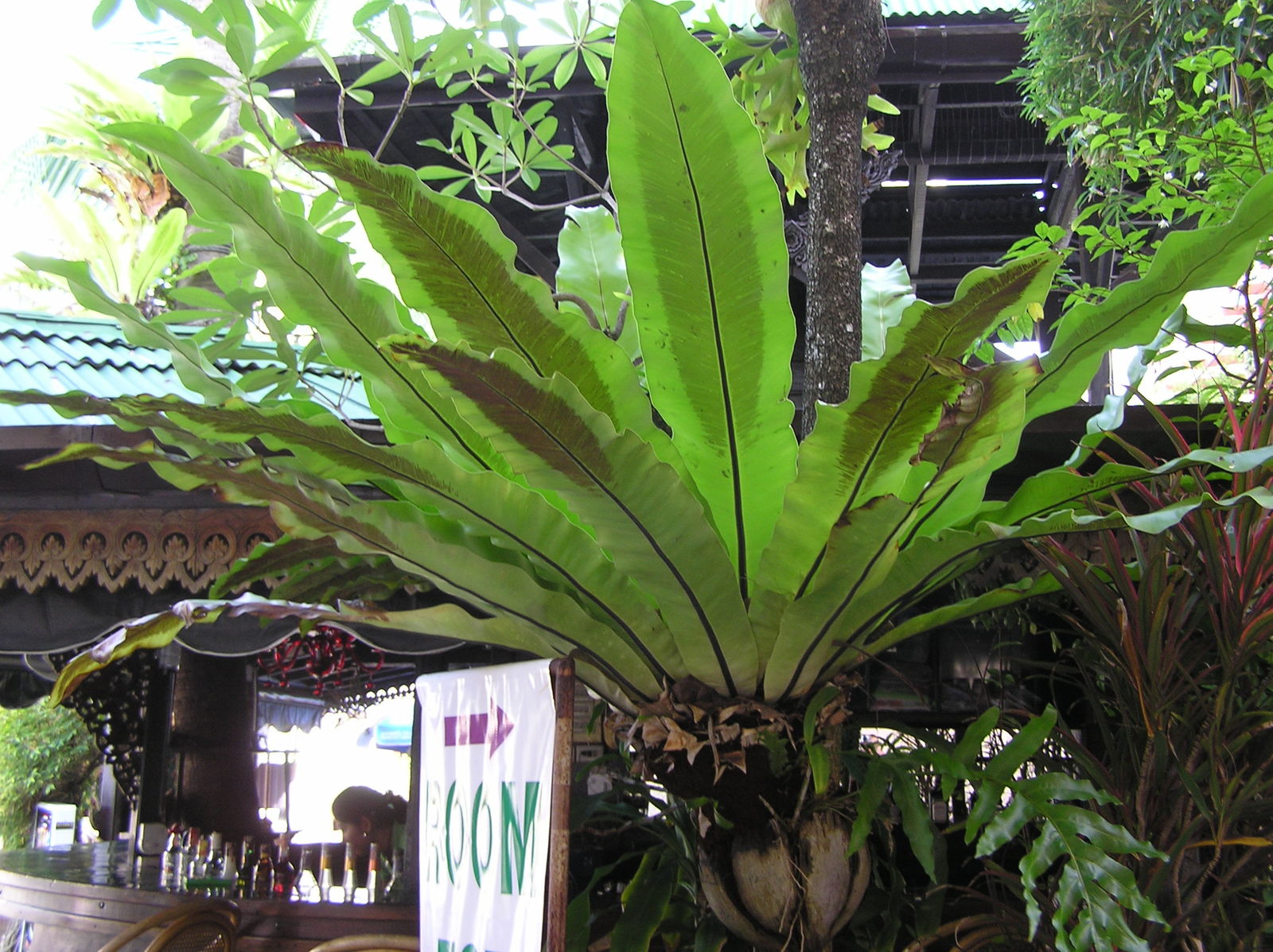
Asplenium nidus L. Plants of the World Online Kew Science
Callose in living Asplenium nidus L. stomata was localized using aniline blue staining (O'Brien and McCully, 1981). Callose was also labelled in fixed free-hand and semi-thin sections using a monoclonal antibody against (1 → 3)-β-d-glucans (Meikle et al., 1991; Ferguson et al., 1998). Treatments
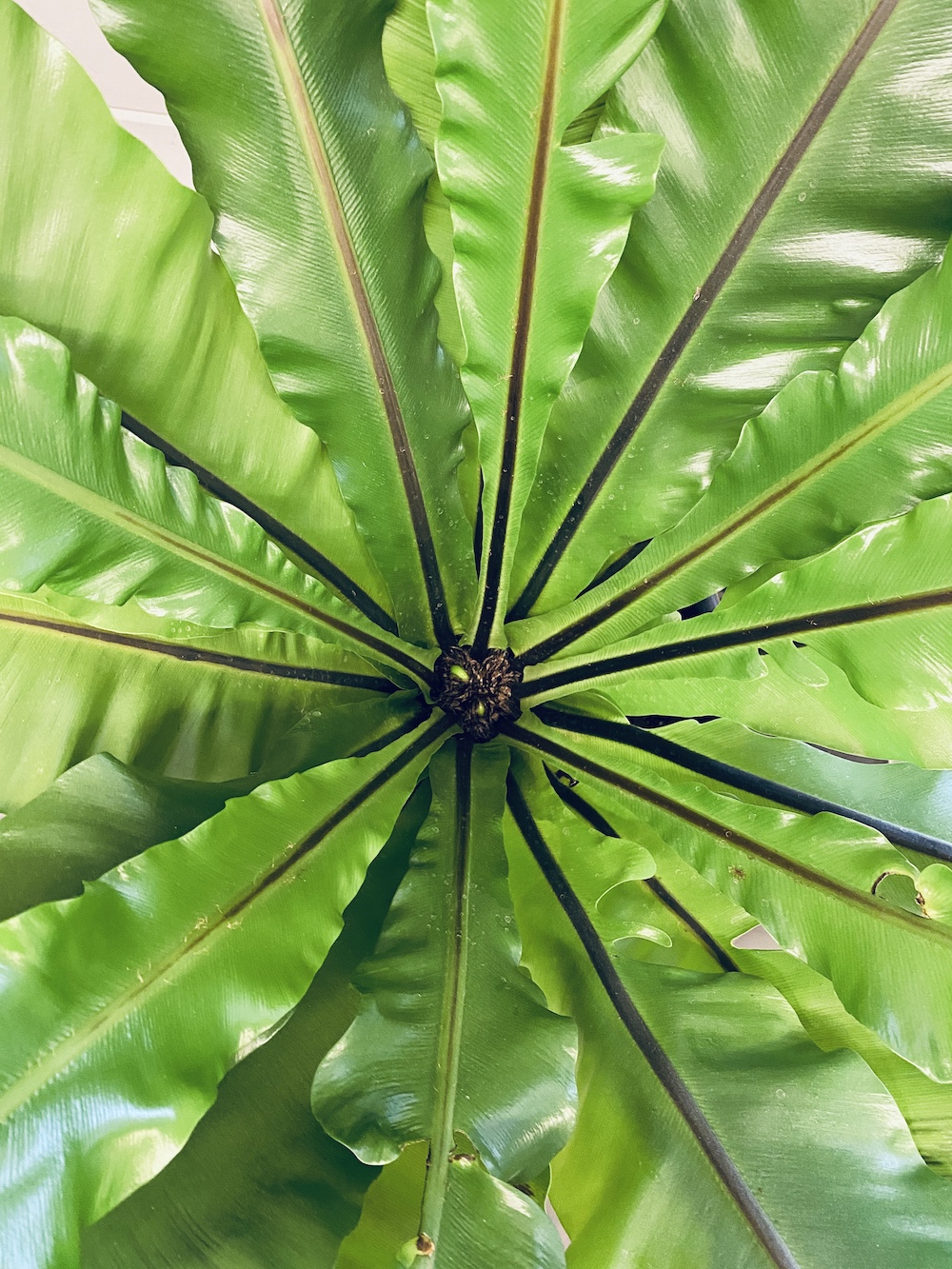
Asplenium nidus Botanically
The six species of vascular plants chosen for this study cover a broad structural, ecophysiological and evolutionary spectrum: ferns (Asplenium nidus and Platycerium bifurcatum) and angiosperms (Arabidopsis thaliana and Commelina erecta) with kidney-shaped stomata, and grasses (angiosperms, family Poaceae) with dumbbell-shaped stomata (Sorghum.
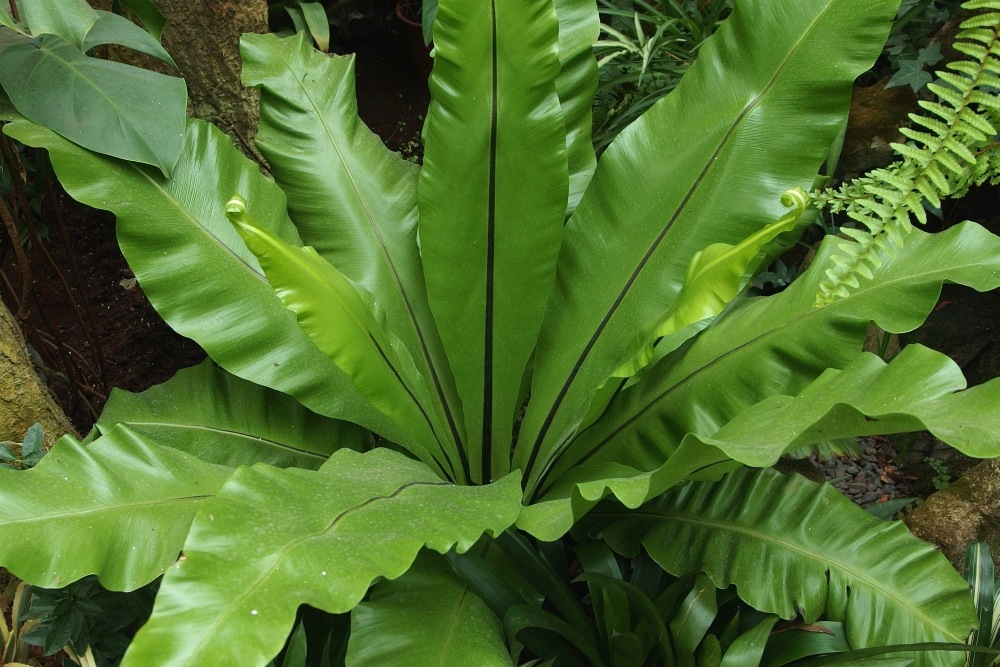
September 2017 Page 17 PLANT STOMATA ENCYCLOPEDIA
The pattern of callose deposition was followed in developing stomata of the fern Asplenium nidus to investigate the role of this polysaccharide in guard cell (GC) wall differentiation and stomatal.

Asplenium nidus Finca Drácula
Stomatal-pore formation in the fern Asplenium nidus L. commences in postcytokinetic guard cells at the mid-region of the ventral wall, before the deposition of any cellulosic wall material on it, by the local movement of the adjacent plasmalemmata apart from each other. In this way a rudimentary "internal stomatal pore" is formed. At this stage the ventral wall exhibits an undulated.

Asplenium nidus, bird'snest fern, nest fern. Spores develop in sori on the underside of the
The newly-formed guard cell mother cells (GMCs) ofAsplenium nidus are small, lens-shaped and are formed by one or two asymmetrical divisions. Their growth axis is parallel to the plane of their future division, a process during which the internal periclinal wall (IPW) is detached from the partner wall of the underlying cell(s). This oriented GMC expansion occurs transversely to a microfibril.
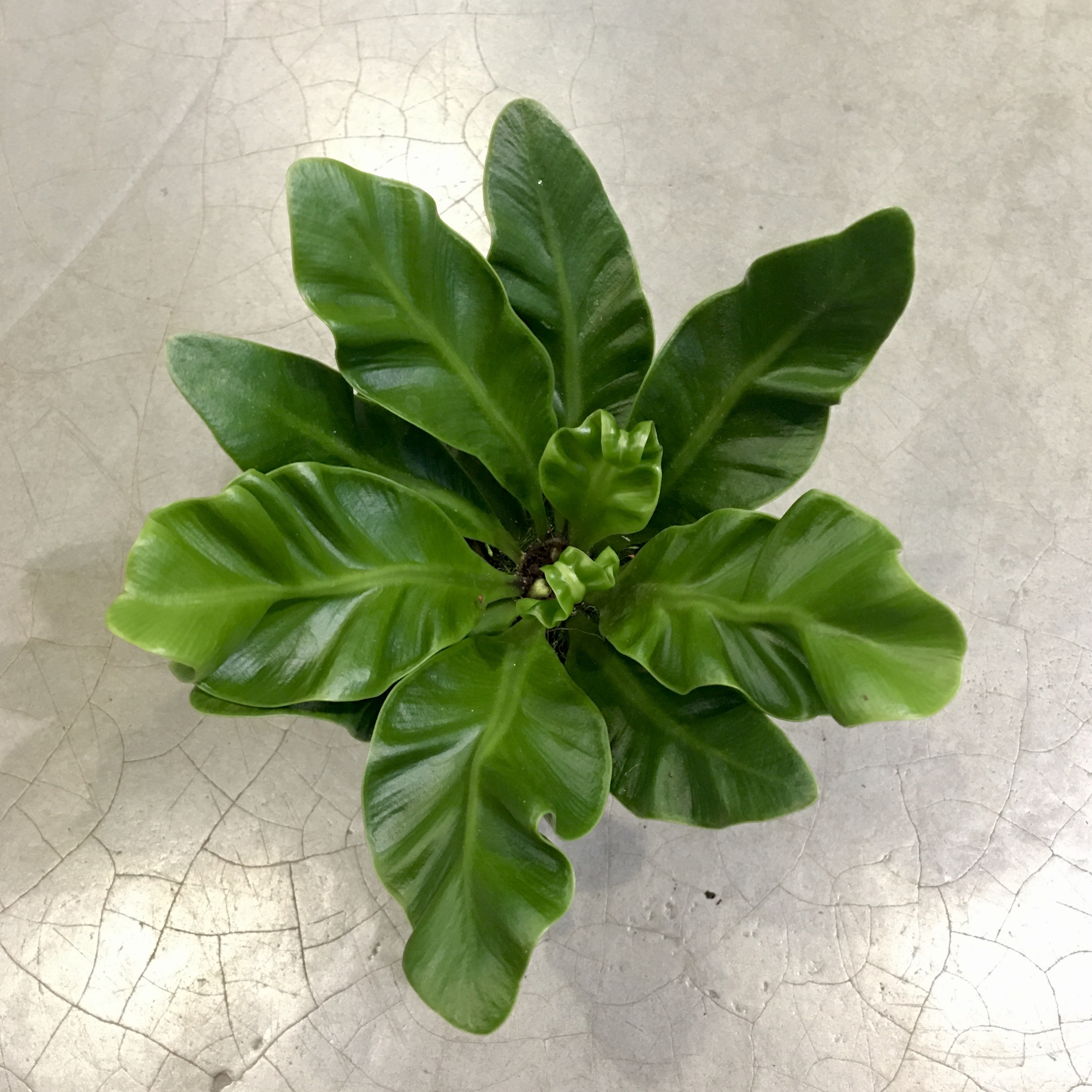
Asplenium Nidus Manila PLANT & POT STUDIO
Stomata of the six species chosen for this research cover a broad structural and evolutionary spectrum (see Table 1 and Fig. 1).The species include two ferns from separate clades - Platycerium bifurcatum (Eupolypods I) and Asplenium nidus (Eupolypods II), which although they both possess large, kidney-shaped stomata belong to different photosynthetic types (CAM and C 3, respectively); two.
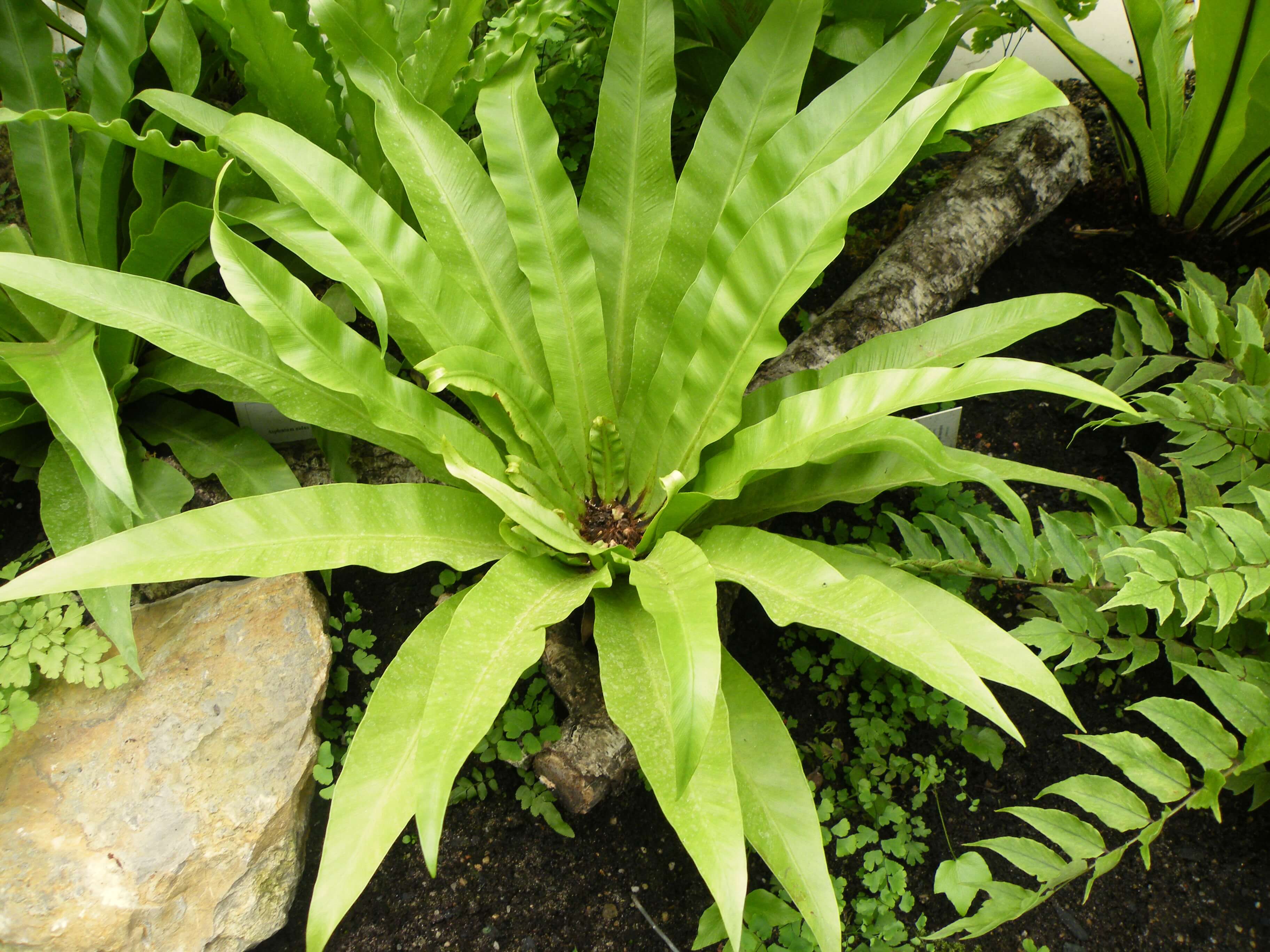
Asplenium nidus Riverside Garden Centre
Although the cellulose microfibril organization in guard cell (GC) walls play a crucial role in the mechanism of the stomatal function, recent work showed that matrix cell wall materials are also involved. Especially in the kidney-shaped stomata of the fern Asplenium nidus, callose actively participates in the mechanism of opening and closure.
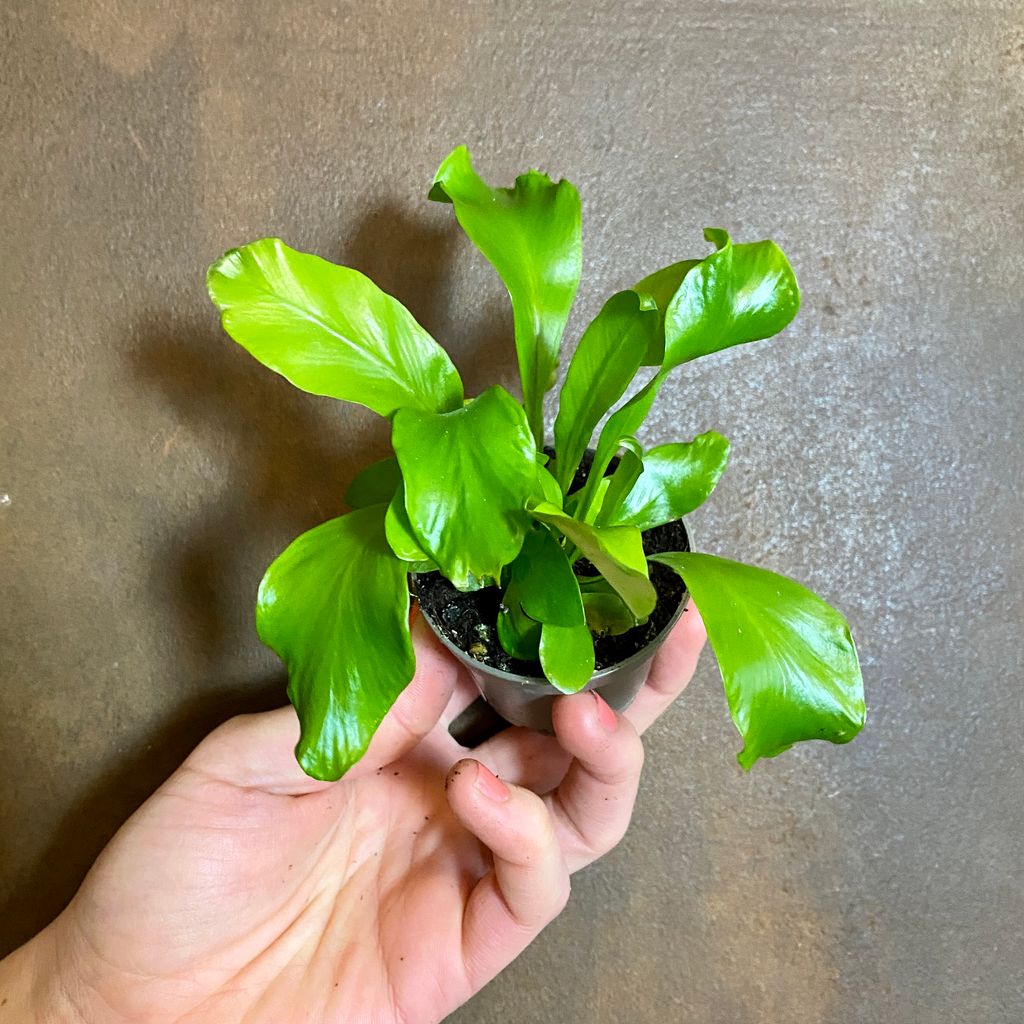
Asplenium nidus (6cm Pot) grow urban.
ing in the fern Asplenium nidus was investigated by examination of the pattern of callose deposition in open and closed stomata, and by examination of the effects of callose degradation and inhibition or induction of callose synthesis in stomatal movement. • Callose was identified with aniline blue staining and a callose antibody and

Asplenium nidus Bessey Greenhouse (Richard W. Pohl Conservatory)
The involvement of callose in the mechanism of stomatal pore opening and closing in the fern Asplenium nidus was investigated by examination of the pattern of callose deposition in open and closed stomata, and by examination of the effects of callose degradation and inhibition or induction of callose synthesis in stomatal movement.. Callose was identified with aniline blue staining and a.
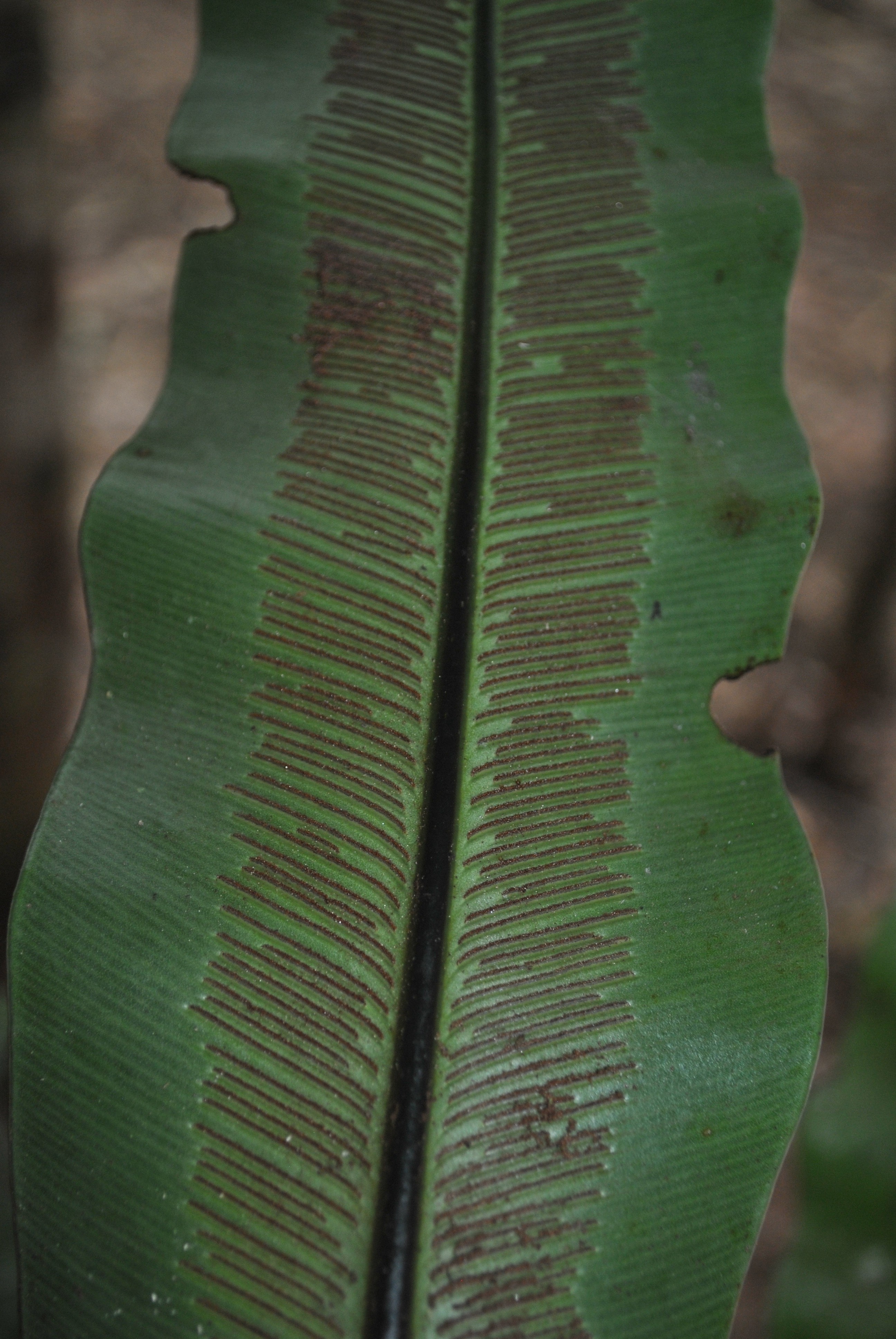
Asplenium nidus Ferns and Lycophytes of the World
Stomata are ubiquitous in the epidermis covering all above‐ground plant parts of primary structure, but, as a rule,. Microtubule and actin filament organization during stomatal morphogenesis in the fern Asplenium nidus Guard cells. New Phytologist 141: 209-223. [Google Scholar] Aylor DE, Parlange J‐Y, Krikorian AD.1973. Stomatal mechanics.

Premium Photo Asplenium nidus isolated on white background
In stomata of the fern Asplenium nidus, callose is implicated in stomatal pore formation, guard cell wall thickenings formation as well as in stomatal function [28][29] [30]. The deposition of.

All sizes Asplenium nidus Flickr Photo Sharing!
Background and aims: The pattern of callose deposition was followed in developing stomata of the fern Asplenium nidus to investigate the role of this polysaccharide in guard cell (GC) wall differentiation and stomatal pore formation. Methods: Callose was localized by aniline blue staining and immunolabelling using an antibody against (1 --> 3)-beta-d-glucan.